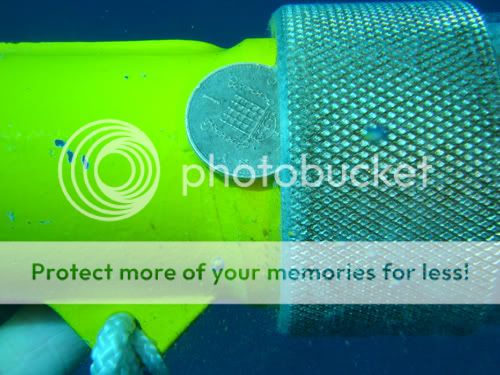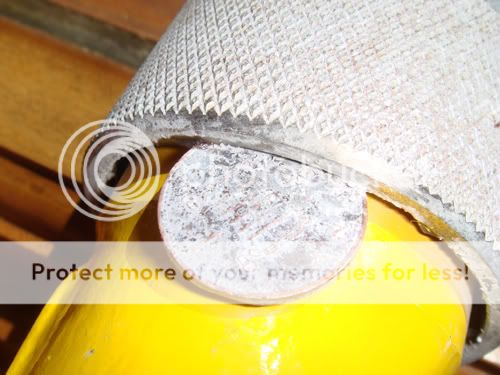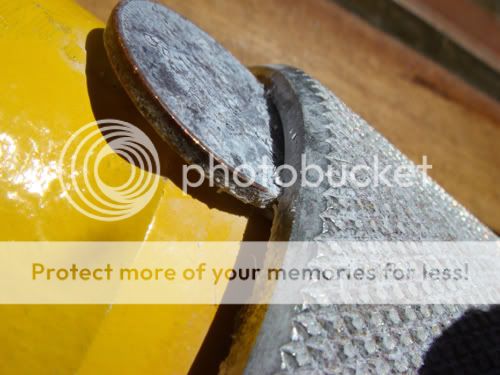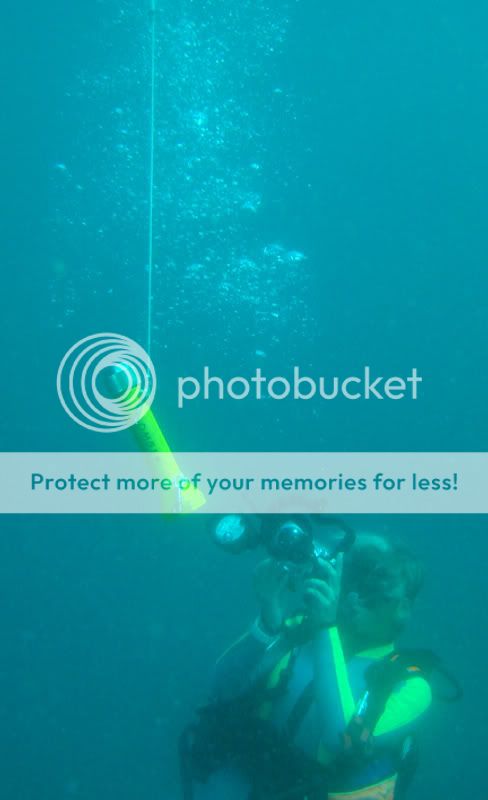Stereodude
Flashlight Enthusiast
Re: Diving with "The Moderator" - Part III added!

And, you can't forget that it shows he's offline.I think the most impressive part of the whole story is that you made a label for a Dive light that said DM51 Moderator ! LOL!







